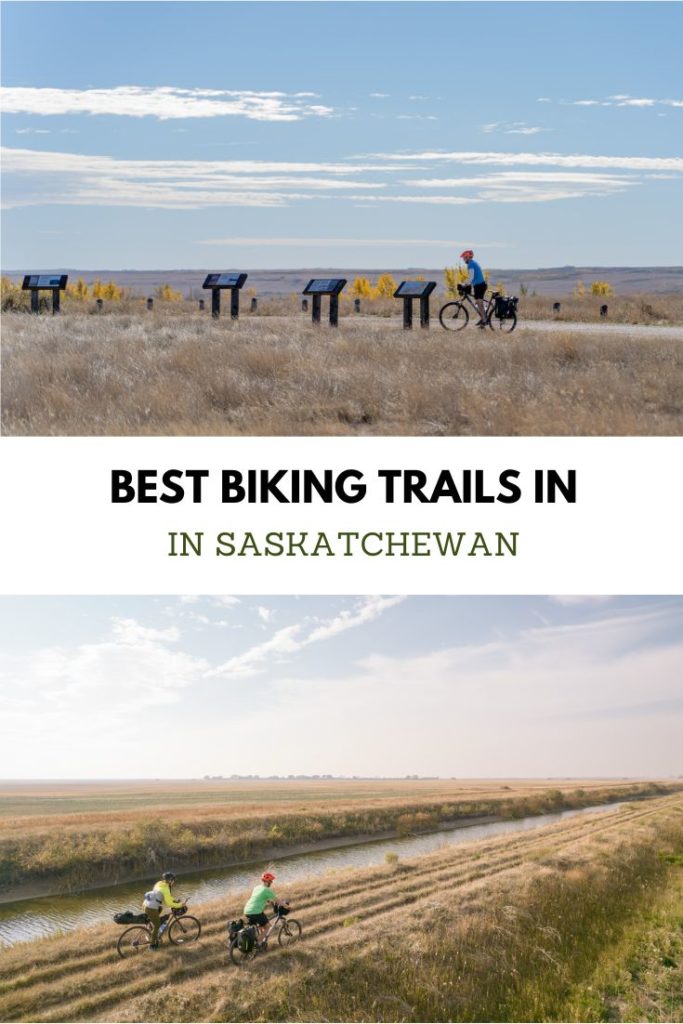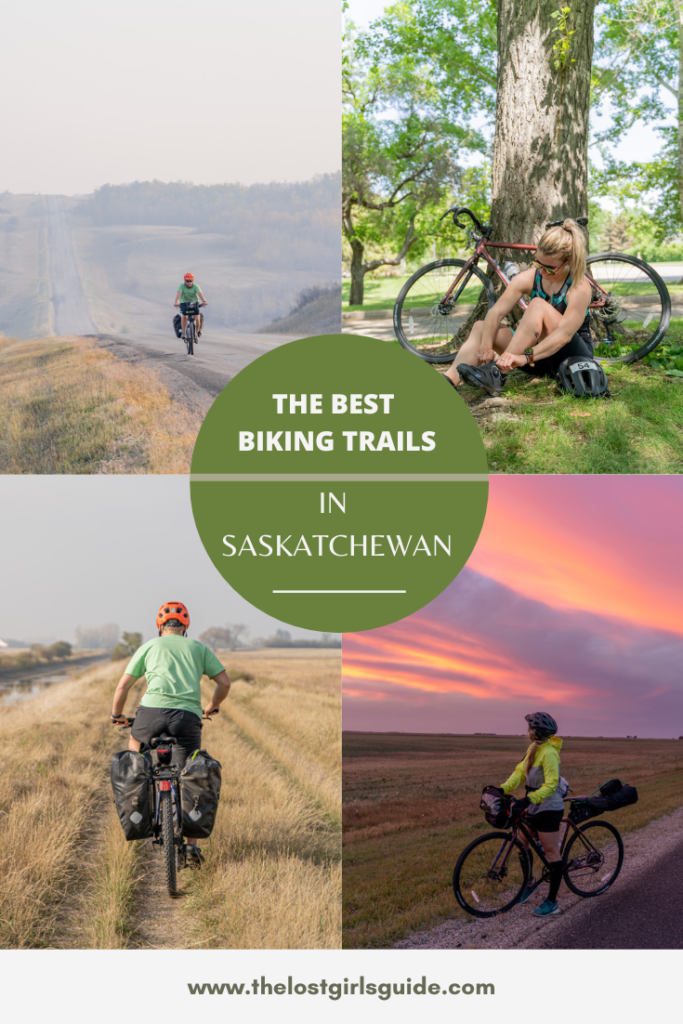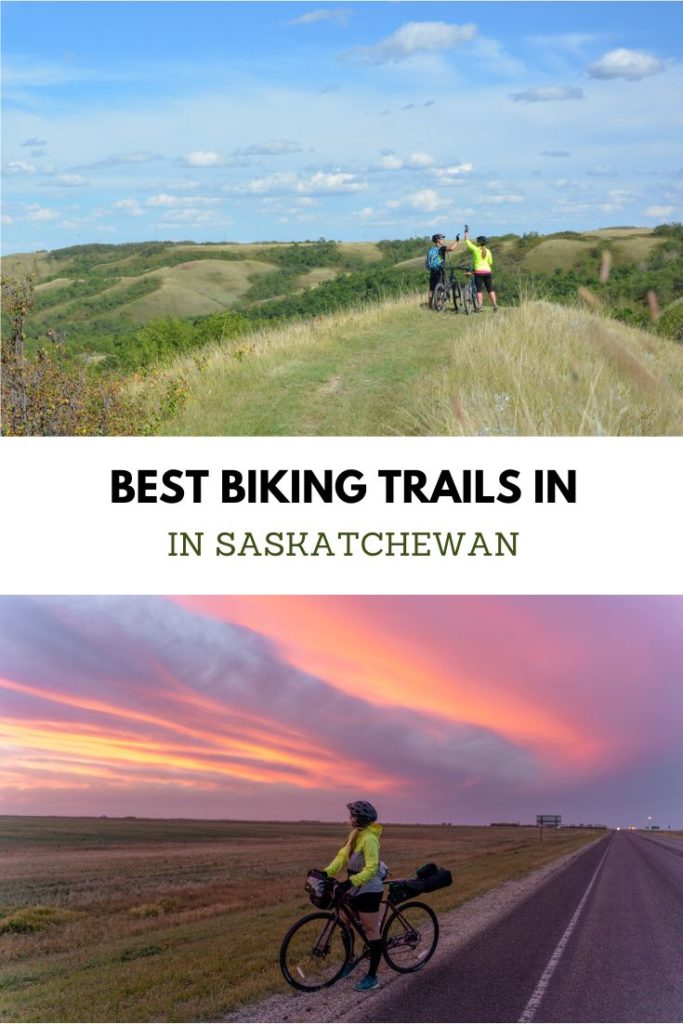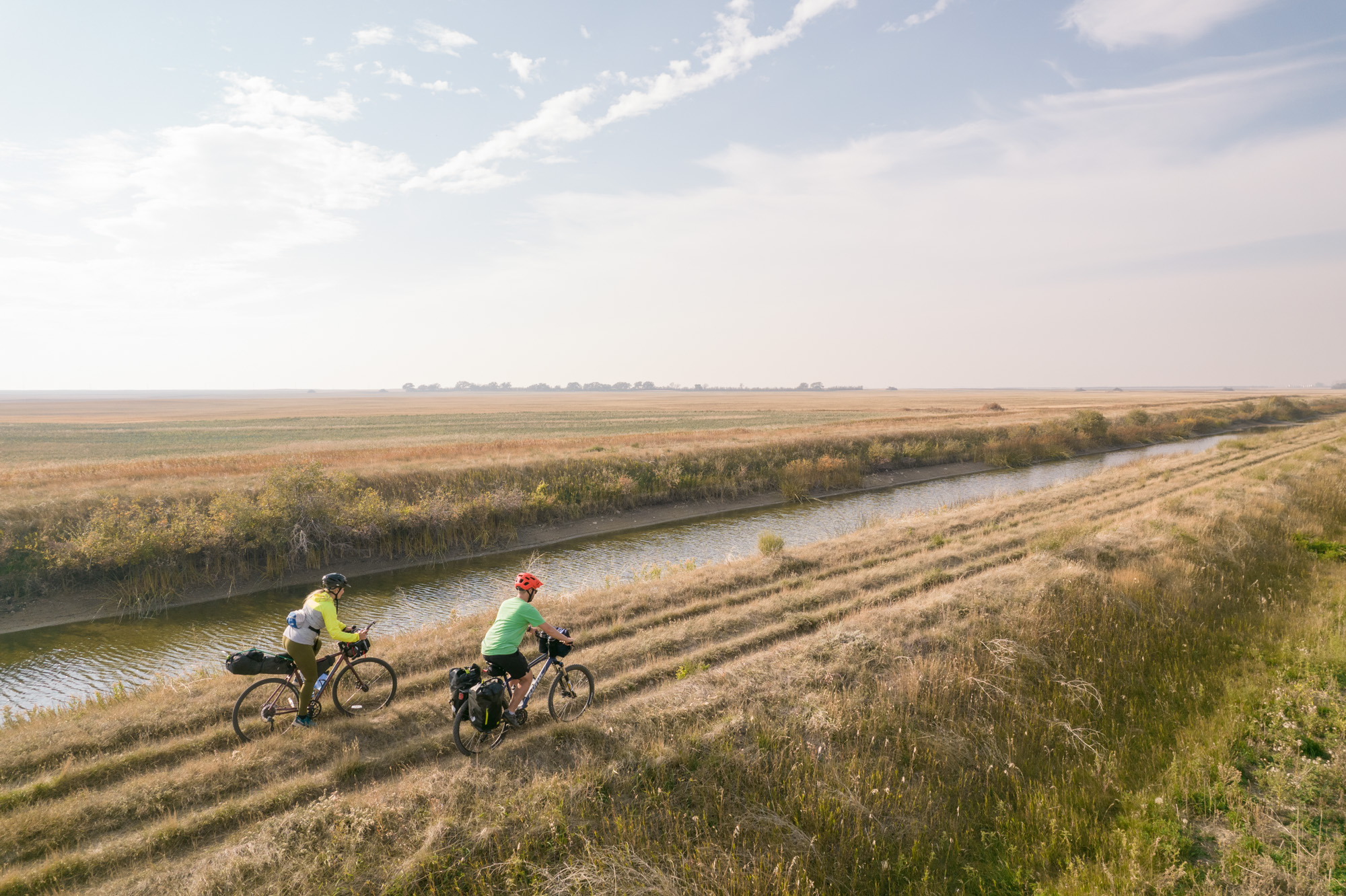Whether you’re looking for paved roads, gravel roads, single track (or a mix of all three), there’s a little bit of everything when it comes to exploring the best bike trails in Saskatchewan.
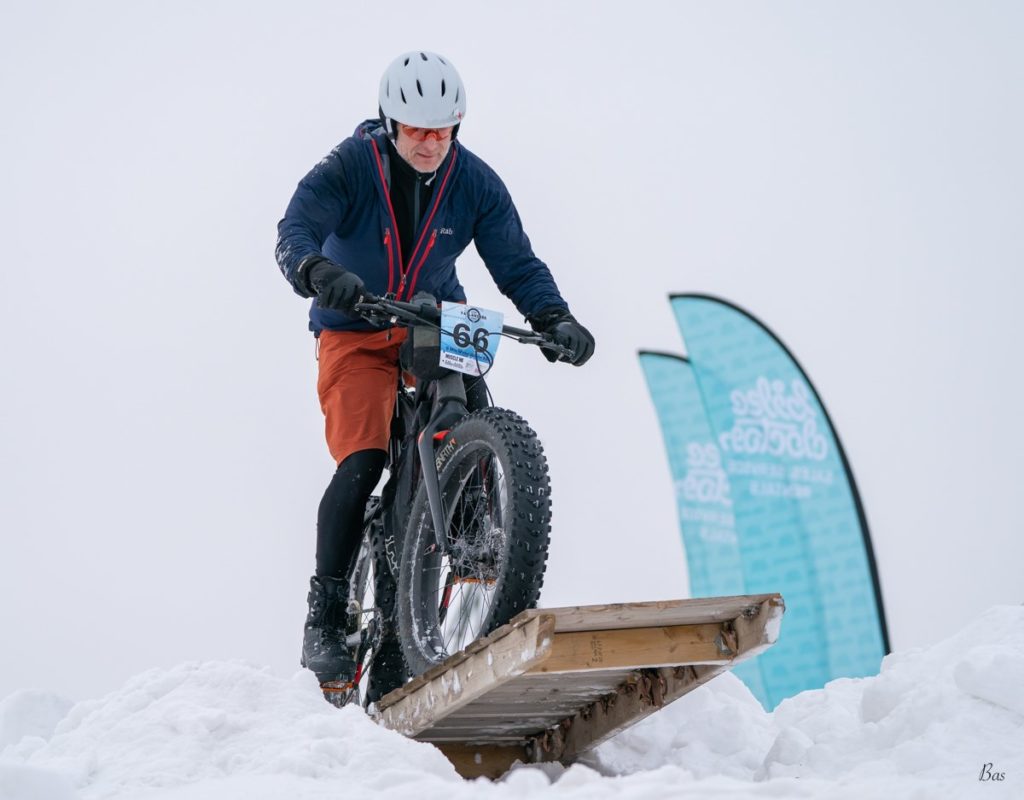
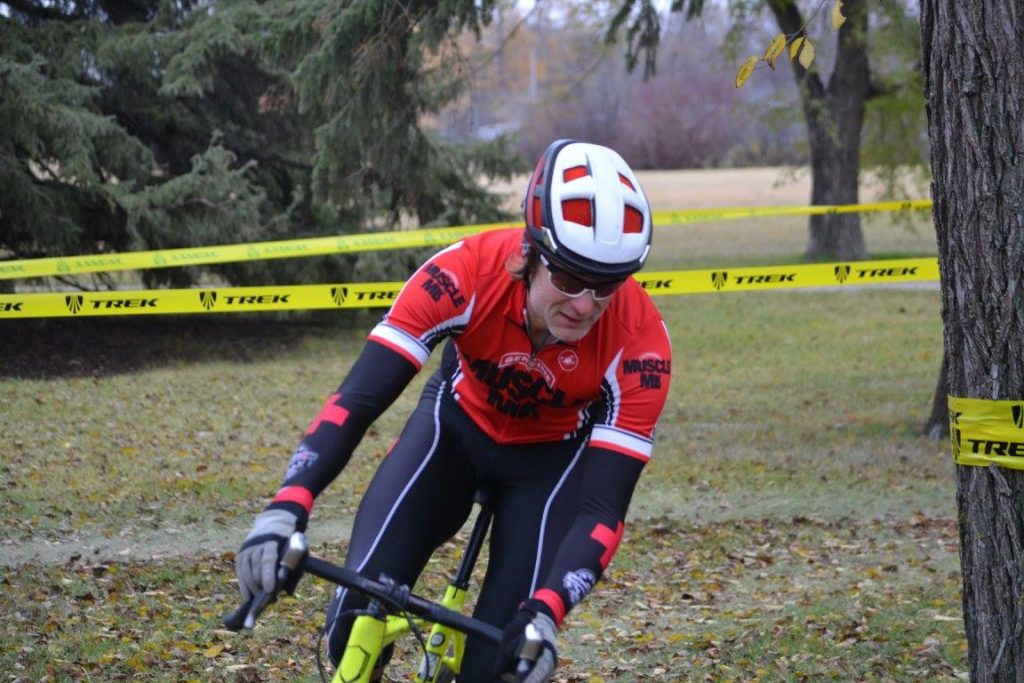
I spoke with the province’s resident biking expert, Jeff Hehn, for a few tips and tricks when it comes to biking, plus recommendations on some of the must-ride bike trails in Saskatchewan.
Biking Tips from Saskatchewan’s Biking Expert Jeff Hehn
Jeff grew up in the Qu’Appelle valley and has been biking since he was young – it’s always been part of his life. He started doing triathlons in the mid-90’s, moved onto mountain biking and has become an avid gravel rider, bikepacker and winter fatbiker. (He recently completed the 2,745-mile Tour Divide during the summer of 2022.)
Living in Saskatoon, Jeff spends his days exploring the roadways around the city along the Meewasin Trails and out to Chief Whitecap.
While his Strava account is full of interesting and unique rides, his favourite route near the city is out from Champetre County. It’s a solid 50-kilometre ride (or more) along quiet backroads with an option to go around on the Clarkboro Ferry or return the way you came. Bike Doctor Detours organized the Haute Trout, a 2-day group ride along this route.
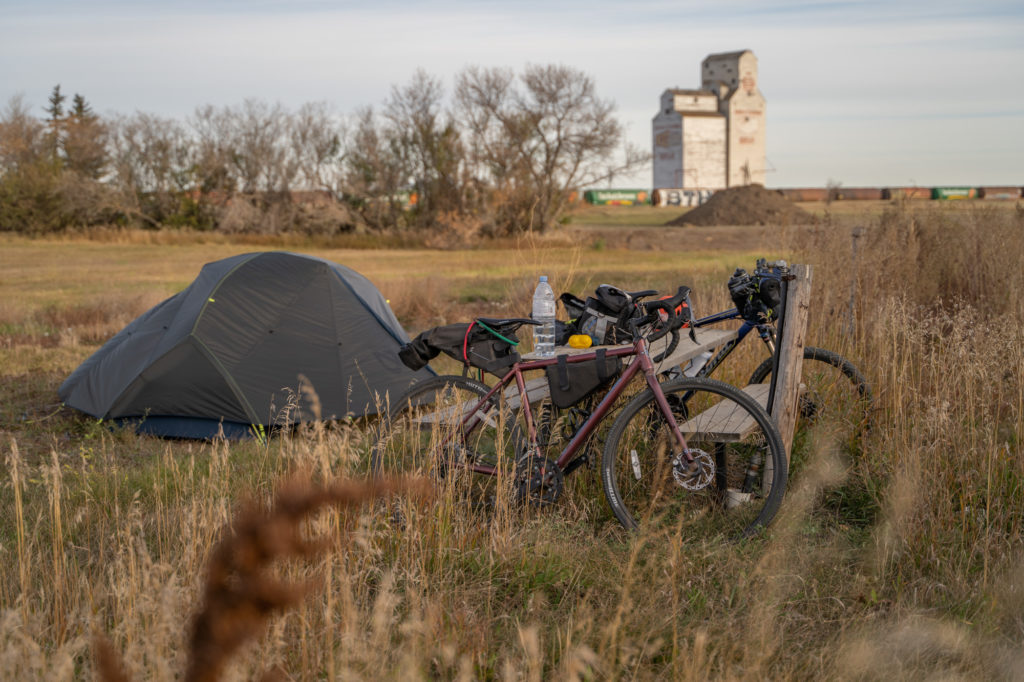
For those looking to level up their biking to the world of bikepacking (a self-supported style of packing where you pack a tent, camp kitchen and gear for a few days on your bike), Jeff recommends taking things slowly. But overall, for any style of riding, he says that preparation is key as well as making sure to have a backup plan in case something goes wrong while out on the road or trail.
READ MORE: The Best Backcounty Hikes in Saskatchewan
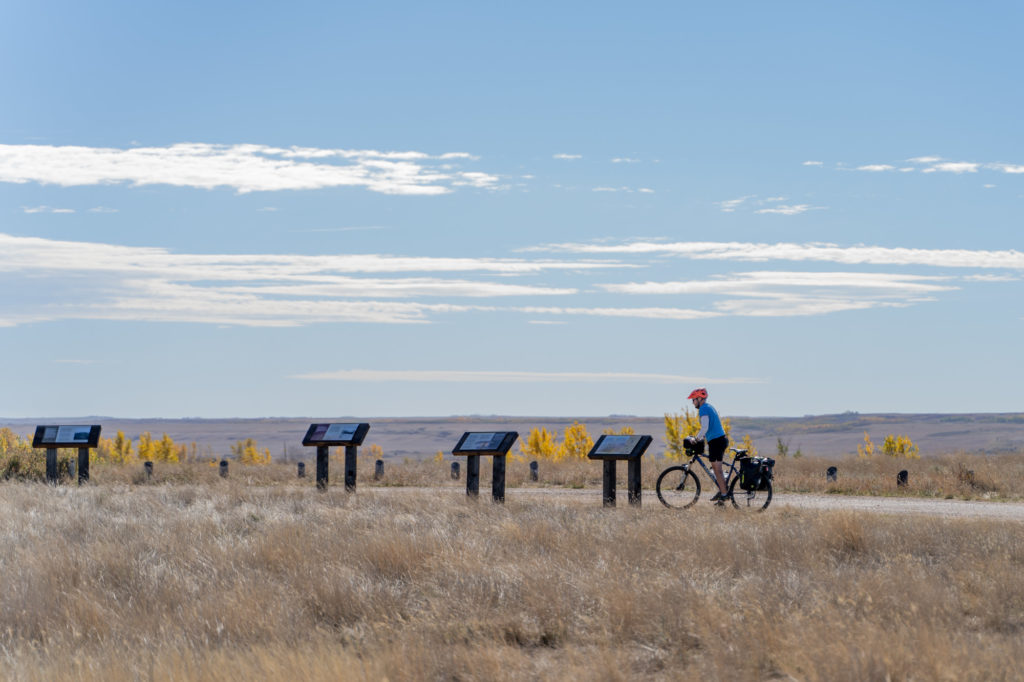
The Best Bike Trails in Saskatchewan
Whether you own a gravel bike, are new to road biking or love the adrenaline that comes with riding single-track on a mountain bike, here are 9 great bike trails to explore in Saskatchewan.

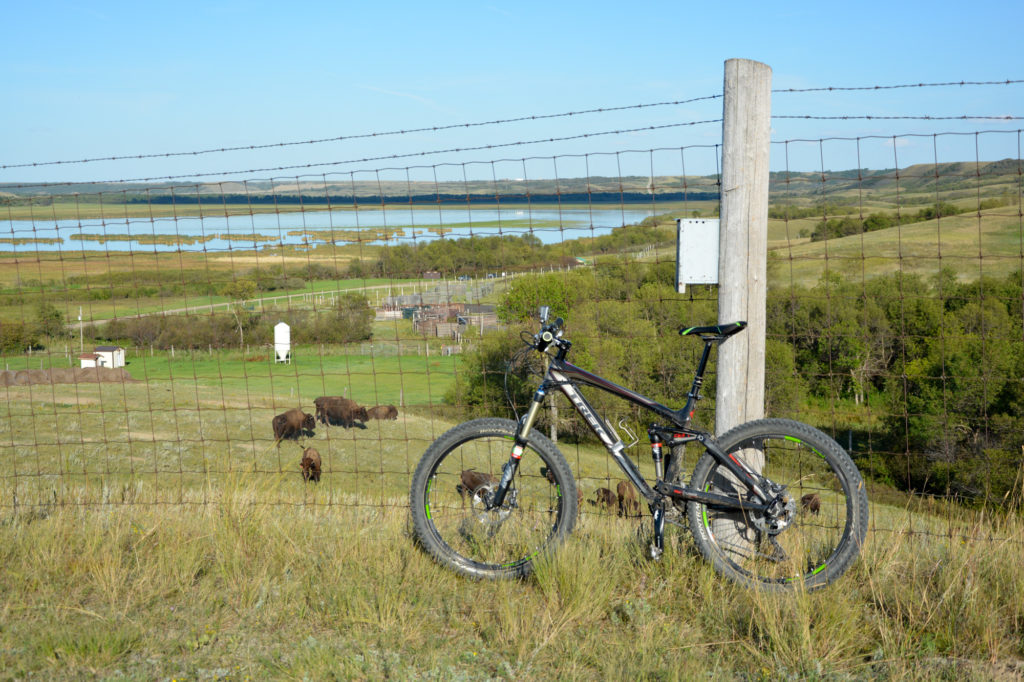

1. Buffalo Pound
Biking Style: Mountain Biking
For the avid mountain biker, there’s no better location than Buffalo Pound Provincial Park. Located 20 minutes northeast of Moose Jaw, the park is perfect for those with an active lifestyle. Jeff says it’s not uncommon to see cars, SUVs and trucks loaded up with mountain bikes en route to the trailhead.
There are more than 30 kilometres of trails along the valley’s southwest side. The riding is challenging because of the small but constant changes in elevation with numerous steep sections. Overall, the trails are fast and flowy. The best part is you can literally camp right at the trailhead at the bottom of the White Track ski area.
Check out local club, the Moose Jaw Pavers, for group rides and details about the trails.
READ MORE: The Best Parks for Hiking in Saskatchewan

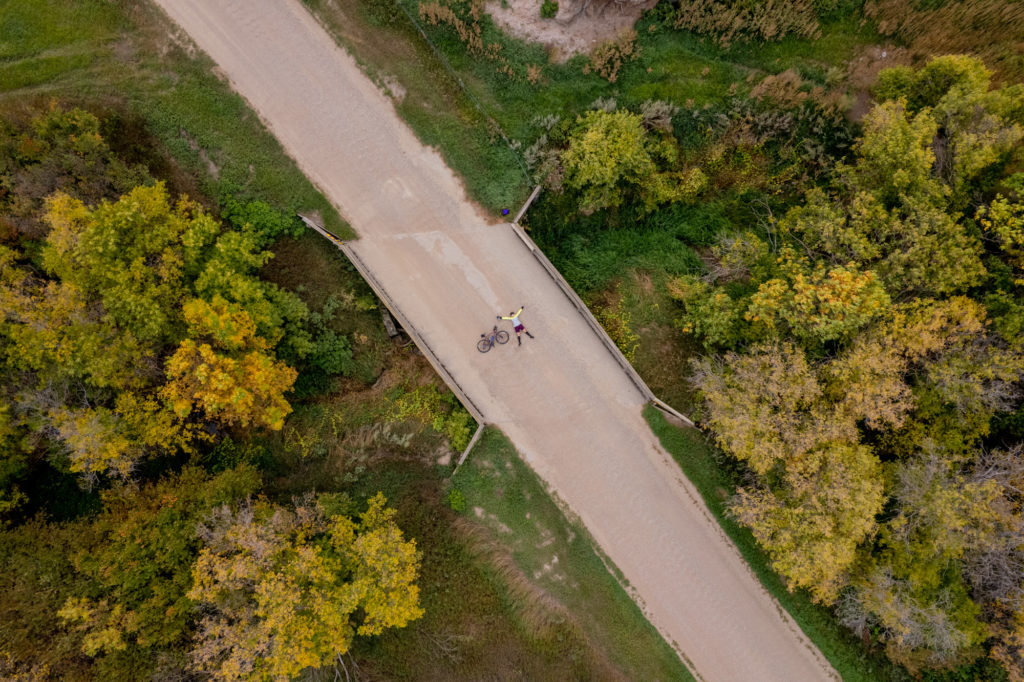
2. 7 Bridges Road and Wascana Trails Lumsden Loop
Biking Style: Gravel Biking
While the trails in Buffalo Pound are a big draw, Jeff recommends the option of riding a 50-kilometre route all the way to Lumsden or following the Qu’Appelle Valley on The Great Trail. The hilly roads in this region are best suited for gravel bikers.
There’s a great loop that travels from Lumsden down the 7 Bridges Grid Road, passed Wascana Trails and back along paved Highway 734. The loop is about 30 kilometres long. You can view my Strava ride of it here. It’s a great mix of gravel, hills, trails (if you opt to ride in the Wascana Trail area) and paved road. The views are particularly scenic, especially during autumn.

A 20-kilometre out-and-back route along the 7 Bridges Road is a great option for a less intense ride (and skips several big hills). The road is quiet with only local traffic but does have some washboarding that makes for a bumpier ride. While it’s called 7 Bridges Road, there are only 4 bridges south of Highway 641. A third option is to head out on the road and ride back on the Trans Canada Trail.
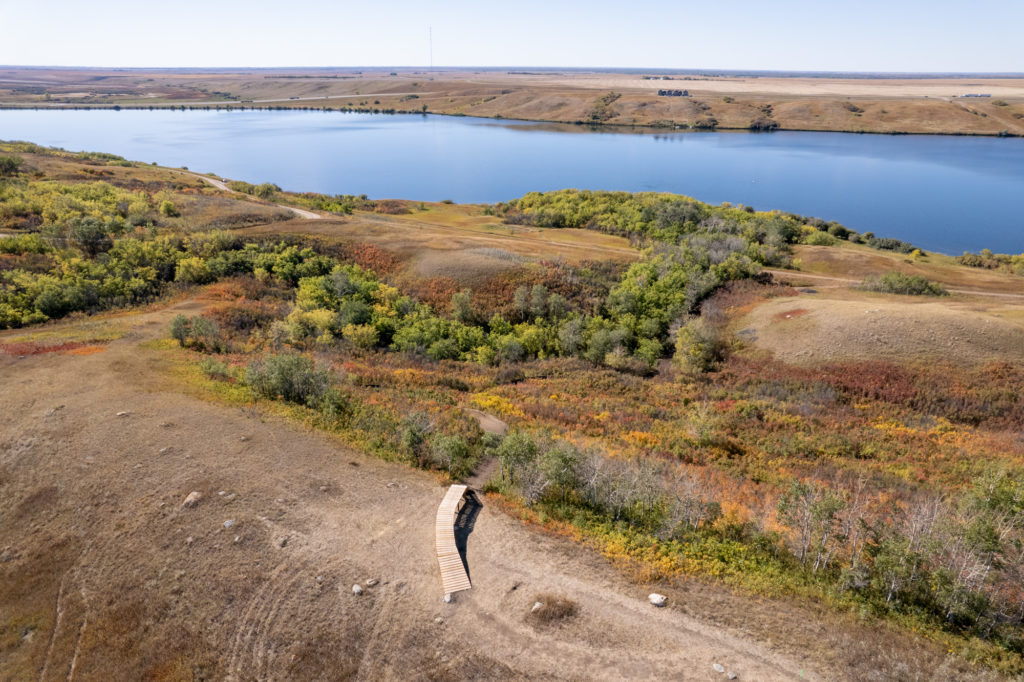

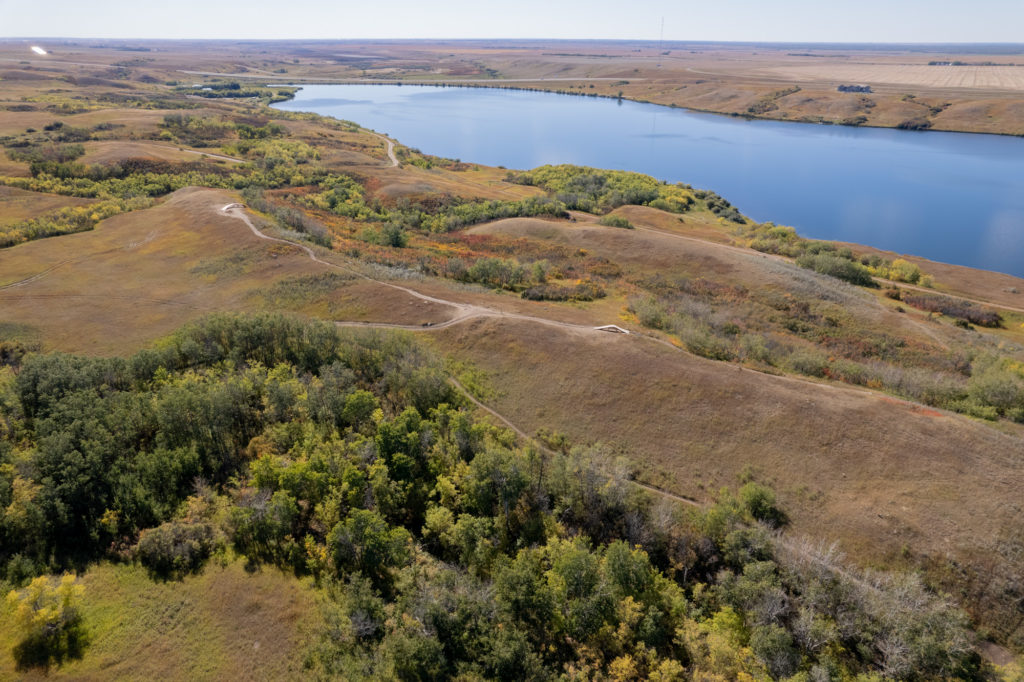
3. Blackstrap Provincial Park
Biking Style: Mountain Biking, accessible for adaptive bikes
Just like Buffalo Pound is popular for riders from Moose Jaw and Regina, Blackstrap Provincial Park is popular for mountain bikers from Saskatoon.
There are 15 kilometres of looped trails for both beginners, intermediate and advanced riders. Several of the trails are accessible for those riding adaptive bikes. The single-track trails weave in and out of the forest past a variety of features along the hillside surrounding the lake.
The trails are maintained by a dedicated group of Doug’s Spoke ‘N’ Sport trail crew volunteers in partnership with the provincial park. There are on-site camping facilities, picnic day use areas and a man-made mountain that used to be an old ski hill.



4. Duck Mountain Provincial Park
Biking Style: Fat Biking
Duck Mountain Provincial Park is fast becoming popular with fatbikers in the winter months. Its most well-known route is the 21-kilometre Green Lake Loop detailed here on the Fatlanders website.
The trail is along the wide and well-groomed snowmobile trails part of The Great Trail. There are quite a few rolling hills but the trail leads off on a short branch to the Green Lake warm-up shelter. It’s a cozy spot where you can boil up a cup of hot chocolate and have a lunch break before heading back north towards Big Bay. On active snowmobile trails, it’s best to keep lights on even during the day and stick to the right on trails as oncoming snowmobilers come up fast.



5. Prince Albert National Park
Biking Style: Road Biking & Mountain Biking
There are a lot of trails to explore by bike in Prince Albert National Park. If you’re looking for mountain biking, both the Red Deer Trails and Fisher Trail near the townsite of Waskesiu are excellent as is the 8.5-kilometre Spruce River Highlands Trail down Highway 263.
A popular route in the province for road bikers is along the 48-kilometre stretch of paved road along Highway #263. This is also known as the scenic route when driving into the park.



From the Waskesiu Community Hall to the main park sign at the curve in Highway 263 towards Christopher Lake, the route is 48 kilometres (50 if you make stops at the Height of Land Lookout Tower and Sandy Beach). This region is the transition zone where aspen parkland meets boreal forest. As the highway is narrow with no shoulder to ride on, high-vis clothing is recommended.
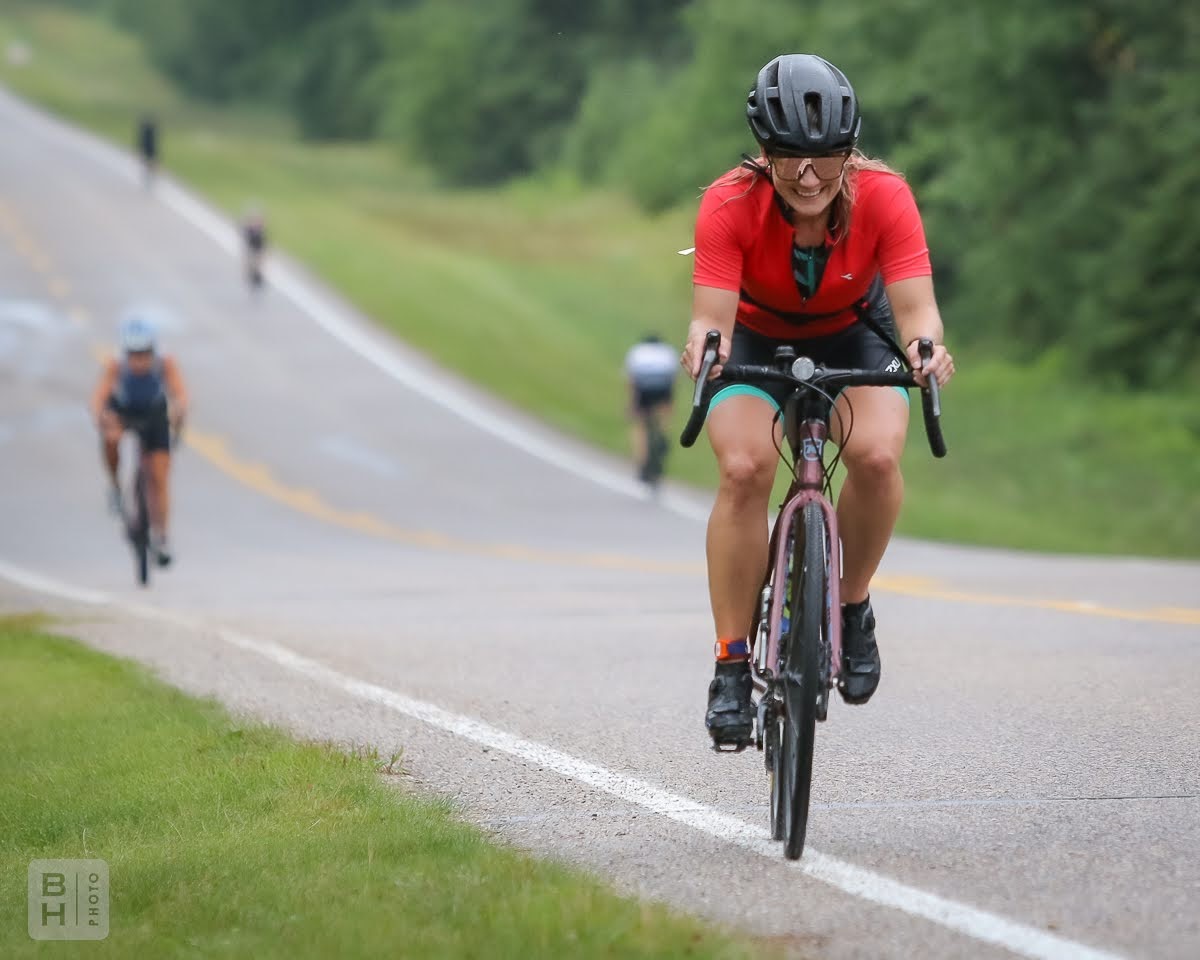

For those who also like to swim and run along with biking, the annual Frank Dunn Triathlon has a 62-kilometre race route through the townsite of Waskesiu and up to Birch Bay with a 1.5-km swim and 13-km run.
On the west side of Prince Albert National Park, the Valleyview Trail Network offers nearly 30 kilometres of grassy trail broken up into a series of three nested loops with adjoining spurs.


6. Grasslands National Park East Block
Biking Style: Road Biking
If you’re headed to Grasslands National Park East Block on the hunt for dinosaur bones, pack a bike and camera. The 22-kilometre roundtrip single-lane paved parkway is an easy yet stunning ride as it follows the escarpment overlooking the badlands. There are 6 different lookout points to stop at. Keep an eye out for vehicles travelling in both directions along the single-lane parkway.

7. Cypress Hills Interprovincial Park
Biking Style: Mountain Biking, Gravel Biking, Bikepacking
Cypress Hills Interprovincial Park is incredibly diverse when it comes to biking. It has a little bit of something for everyone. There are more than 50 kilometres of mountain biking trails to explore with some pretty intense uphill climbs. Expect rocks, roots, berms, and open-wood riding to be found on the Alberta side of the park near Elkwater.
READ MORE: What to do in Elkwater
If you’re wanting an epic adventure through forested areas with an incredible change of terrain, Jeff recommends the 100 mile (160 kilometres) route along the Gap Road between the two provinces. There’s a bit of single track. But you’ll ride on mostly unpaved roads through the lodgepole pine forest, along lakes, creeks, and fishing holes, past cattle and most likely encounter some wildlife. You’ll also climb more than 2,100 metres in elevation. The highest point in Canada between the Rockies and Labrador is here at 1,463 metres.
The riding is serious and rider beware: if it rains, it’s going to be a sticky ride back (re: impossible). It would be best to call in a four-wheeled pickup.
I’ve personally got my eye on riding this route Fall 2022.
READ MORE: What to Do in Cypress Hills Interprovincial Park
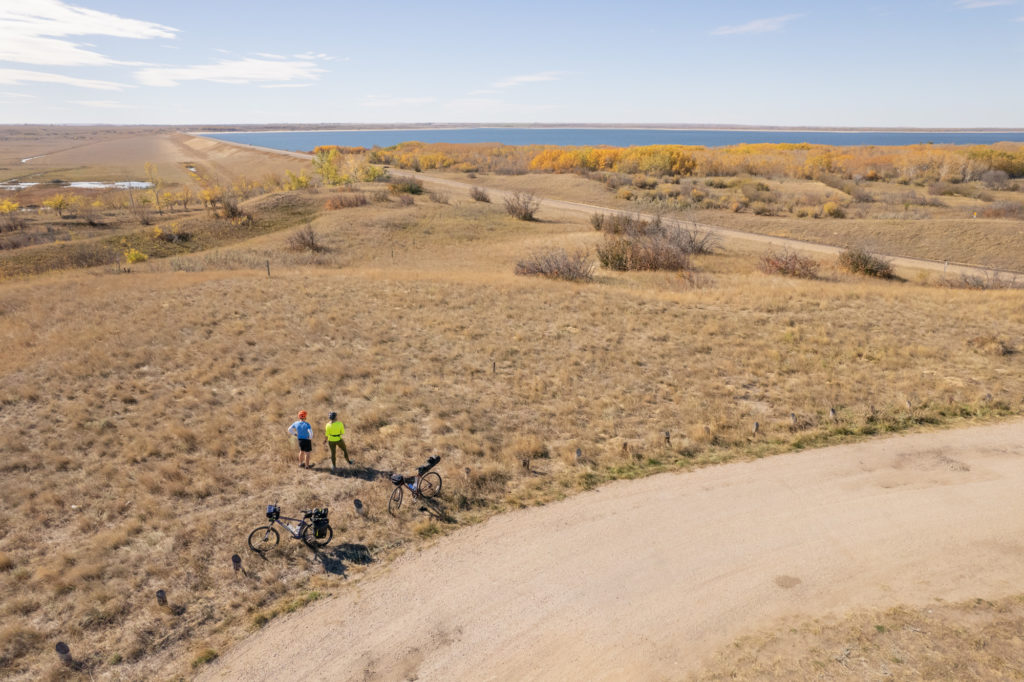
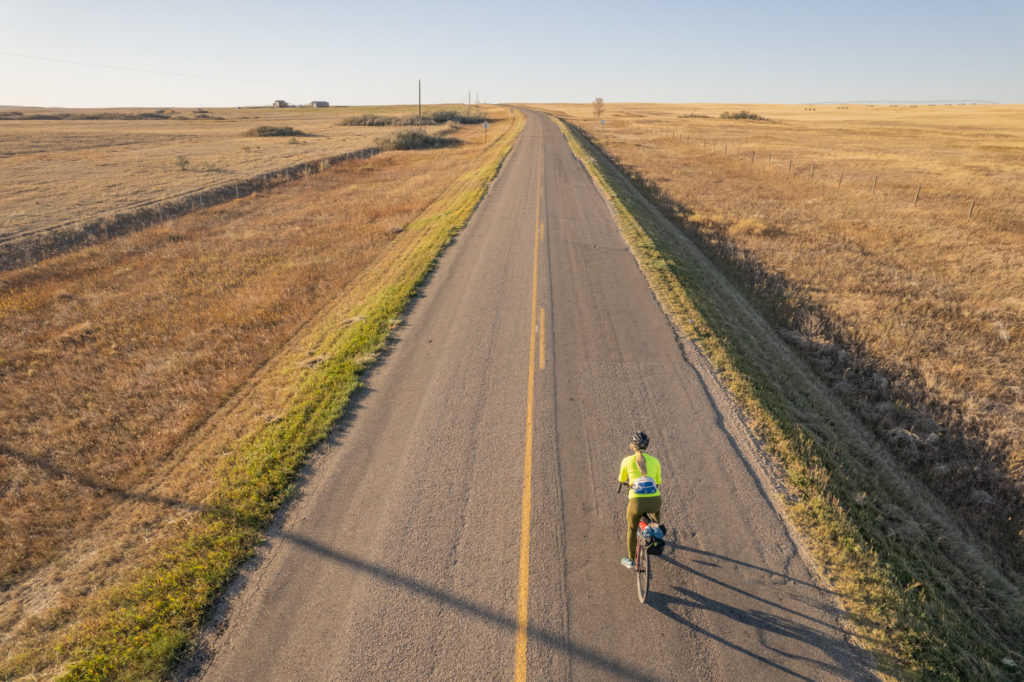
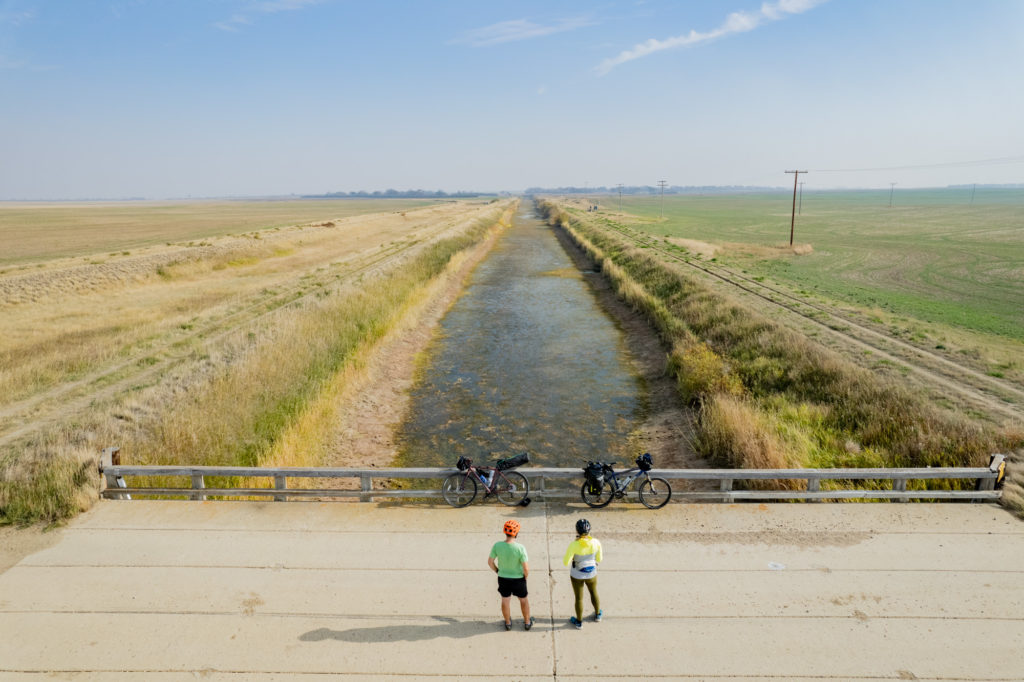
8. Circumnavigate Lake Diefenbaker
Biking Style: Bikepacking
An epic 250-kilometre, 3-day ride from Outlook takes you on a stunning mostly-paved loop around Lake Diefenbaker. I completed this route in 2021 as my first ever bikepacking trip and loved it.
We started in Outlook and headed to Douglas Provincial Park on freshly paved highway for our first night. The next day, we followed along the lake to reach Riverhurst in time to catch the 5 PM ferry. We camped the night in Birsay’s local campground although others have recommended checking out the Coldwell Recreation Site a little further north. For our final day, we hopped on the canals near Gardiner Dam before riding back to Outlook.
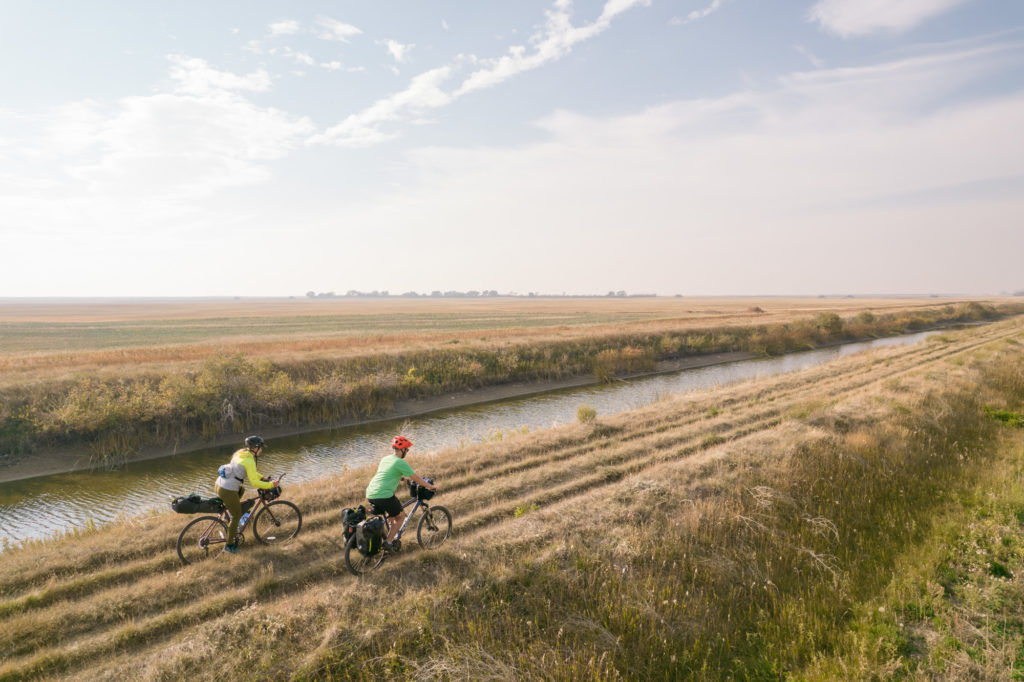
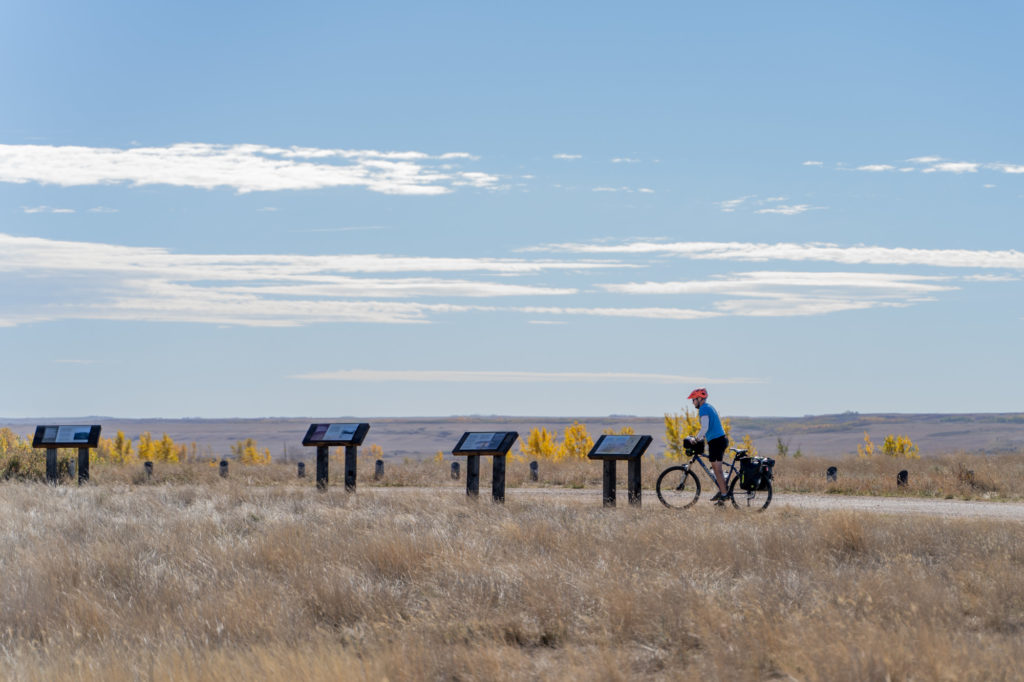
It’s an easier ride for those starting out in the bikepacking world who are comfortable with 80-100-kilometre a day distances.


9. Nistowiak and Back
Biking Style: Fatbiking
A popular fatbiking route in winter is a 40-kilometre round trip ride out to Nistowiak Falls near the community of Stanley Mission. As one of the province’s largest and most easily accessible waterfalls with a 10-metre drop, it’s an iconic bucket list destination for travellers (and bikers.)
In 2018 and 2019, the La Ronge Boreal Outdoor Recreation Association (BORA) community organization planned a group fat bike ride called “Nistowiak and Back.” (The 2020 and 2021 trips were cancelled due to COVID).
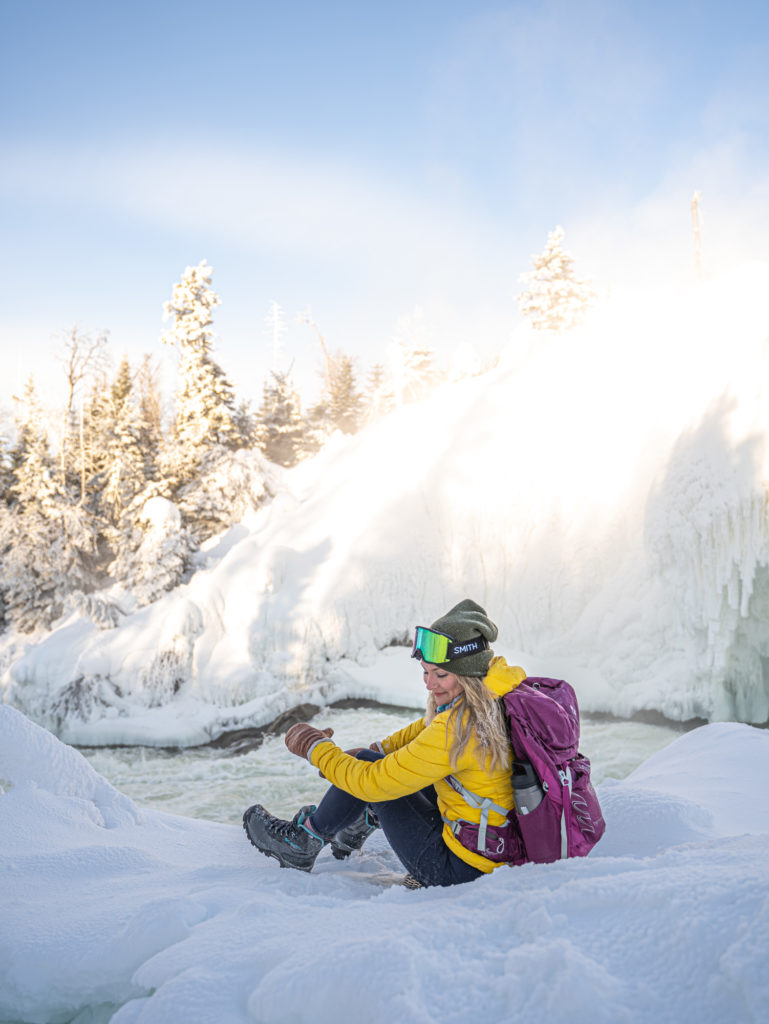
The expedition starts from Stanley Mission and loops out to the falls. Participants overnight at Jim’s Camp and have their gear transported for them and meals provided. They ride back the next day is on a different groomed trail.
There is a Trailforks map, you can find it online here. It includes the northern and southern routes taken by the Nistowiak and Back expedition in 2018. . The route was groomed specifically for the event. If you plan to fat bike to Nistowiak Falls, be prepared to bike on ungroomed snow and carry all your gear (including extra food and layers).
Read More: How to Get to Nistowiak Falls

Mountain Biking Trails in Saskatchewan for the Extra Adventurous
For mountain bikers looking for a challenge, consider riding the 40-kilometre-return-rooted single track to Grey Owls Cabin. There’s also the 30-kilometre return trail to Nut Point in Lac La Ronge Provincial Park over the Precambrian Shield.
Like this Post on Bike Trails in Saskatchewan? Save it to Pinterest
